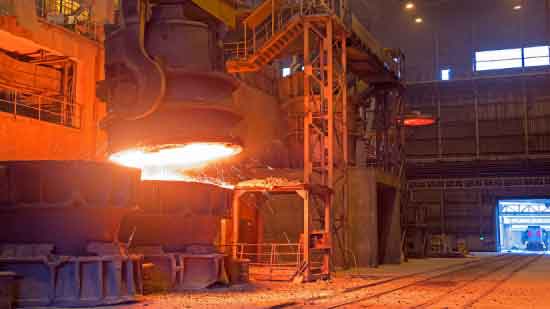
To ensure successful production in steel sand casting, several techniques and best practices can be implemented. These techniques and practices help optimize the casting process, improve efficiency, and achieve high-quality castings. Here are some key techniques and best practices for successful steel sand casting production:
- Pattern Design and Construction: The pattern serves as the template for creating the mold cavity. Pay careful attention to pattern design and construction to ensure accurate dimensions and geometries. Consider factors like draft angles, parting lines, and gating systems during pattern design. Use high-quality pattern materials and precision machining techniques to maintain pattern integrity.
- Mold Preparation and Sand Control: Proper mold preparation is crucial for successful steel sand casting. Ensure consistent sand quality through proper sand mixing and conditioning techniques. Control sand moisture content to prevent defects like sand expansion or mold erosion. Use adequate binders and additives to enhance mold strength and reduce casting defects.
- Gating and Riser Design: Optimize gating and riser design to achieve proper metal flow, fill the mold cavity uniformly, and minimize the risk of defects. Consider factors like metal temperature, alloy characteristics, and casting geometry when designing gating systems. Proper riser placement and design help ensure consistent feeding and solidification of the casting.
- Pouring Technique and Metal Control: Pay close attention to the pouring technique during the casting process. Maintain consistent pouring temperature and pouring rate to achieve uniform filling of the mold cavity. Control metal flow and turbulence to minimize the risk of defects like entrapped air or oxide inclusions. Regularly monitor and adjust metal composition and temperature to maintain casting quality.
- Solidification and Cooling Control: Control the solidification and cooling rates to achieve desired casting properties and dimensional accuracy. Design the gating and riser system to facilitate proper solidification and control cooling rates. Consider the use of chillers or heat sinks to achieve consistent cooling rates and prevent casting defects like shrinkage or distortion.
- Post-Casting Processes and Inspection: Implement proper post-casting processes such as heat treatment, machining, and surface finishing to achieve desired casting properties and dimensions. Conduct thorough inspection and testing, including visual inspection, dimensional measurement, and non-destructive testing, to ensure casting quality and adherence to specifications.
- Continuous Improvement and Quality Control: Continuously monitor and evaluate the casting process to identify areas for improvement. Implement quality control measures at each stage of production to detect and rectify any deviations from specifications. Regularly review and analyze process data to identify trends, address issues, and optimize the casting process.
By following these techniques and best practices, manufacturers can enhance the efficiency, quality, and consistency of steel sand casting production. It is important to work closely with experienced foundries and collaborate on process optimization and quality assurance to achieve successful steel sand casting outcomes.
